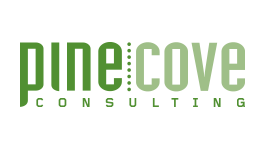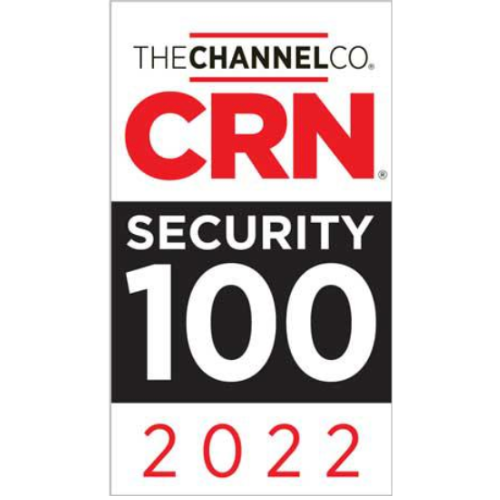Q1: Does the solution reduce unplanned downtimes and expedite troubleshooting with precision by leveraging proactive monitoring and management powered by artificial intelligence (AI) and machine learning (ML)?
Reasoning: While IT budgets and resources are shrinking, end users are demanding a superior experience and business stakeholders are demanding higher SLAs. In a nutshell, IT has become more critical yet also more complex. In that context, IT must be provided with comprehensive network visibility and in-depth guidance on what issues to investigate first—and how to fix those in order to avoid any potential disruption. Solutions leveraging AI and ML ensure that incidents don’t become service-affecting.
Q2: Does the solution offer adequate Wi-Fi capacity and coverage—that you have tested—to ensure client density and application requirements are met?
Reasoning: While IT is functioning under resource constraints, end users are demanding a superior experience. To add fuel to fire, today’s enterprises are experiencing challenging RF (radio frequency) conditions contributed by high signal loss due to a variety of building materials and designs, high interference due to a variety of device types, and high client density. Because of this trifecta, it is essential to ensure your Wi-Fi APs offer you that much-needed user density and throughput whereas your switches offer you complimentary multi-gigabit capacity to be able to function in lockstep with your high-performing APs, in real-world conditions, all while remaining within your budget constraints.
Q3: Does the solution offer complete flexibility to move your management architecture among public cloud, private cloud, and your own data center. What will happen should your business, industry vertical, or geo-specific needs change?
Reasoning: The specific needs of the business, geography, and industry vertical are always changing. IT must remain ahead of these ever-changing needs by deploying a network management and control solution that can be migrated among public cloud, private cloud, and on-premises without requiring the purchase of new network devices—and with minimal cost and effort. IT must avoid a solution that locks them into any one deployment architecture.
Q4: Does the solution offer unified management of access, aggregation, and core switches and all Wi-Fi AP types?
Reasoning: IT is suffering from a “swivel-chair” approach to network management. They continue to swap among screens and management solutions just to remain afloat—let alone trying to deliver on SLAs imposed by business stakeholders and the superior experience end users have come to expect. This approach is very resource intensive. Moreover, your business needs will change over time. It is essential to future proof your purchase by ensuring the same solution can manage and control every possible type of wired and wireless device you might be required to deploy without adding to your cost or complexity.
Q5: Does the solution continue to manage your network elements should your subscription lapse or you decide to discontinue your subscription for any reason?
Reasoning: Wi-Fi APs and switches constitute approximately 70 percent of the total cost of your wired and wireless infrastructure. If you choose to go with a cloud-based controller—and should your cloud-management subscription end or lapse for any reason—it is important that your network still works. You should not accept a solution that leaves end users out in the cold without connectivity in case of such a lapse.
Q6: Does the solution offer secure network access to guests without adding cost or complexity?
Reasoning: It has become all but mandatory to provide network access to guest user devices in a user-friendly way while ensuring the business remains compliant with industry- or geo-specific regulations around security and privacy. No, IT has ever enjoyed spending time and resources on additional software or hardware appliances from the same vendor or on third party security solutions to accomplish just this. IT must look for a solution that builds such functionality into the product.
Q7: Does the solution offer reporting for up to 12 months of data about users, devices, and applications without adding cost?
Reasoning: More than ever, various geo- and industry vertical-specific regulations require IT to remain compliant by maintaining and producing user, device, network, and application logs for 12 months for forensic analysis. IT should not have to pay extra for such long-term data retention.
Q8: Does the solution offer a native mobile application for you to be able to provision, configure, monitor, and manage wired and wireless networks on the go?
Reasoning: IT is doing more with less—and IT is always on the go! To deliver on the SLAs imposed by business stakeholders, IT must be able to provision, manage, and control their network on the go via a mobile application. IT should not be satisfied with a solution that allows them to only monitor their network via a mobile application but requires them to be tethered to their desktop for the network management functions.
Q9: Does the solution offer complete visibility and analytics for wired and wireless networks without having to install additional software or hardware appliances to collect data points from your network elements?
Reasoning: Installing a software or hardware appliance to collect data from your network devices is a very time- and resource-intensive process. IT must ensure the data collector appliance is well installed at each site. Moreover, IT must ensure the appliance is monitored at all times. Lastly, it is IT’s responsibility to ensure the appliance is always secure and up to date with the latest software updates. To top it off, IT must work with the network administrator to co-manage this data collector appliance. Thus, using data collection appliances is a non-starter, and IT must look for a solution that does not require them.
Q10: Does the solution offer both control and management functions in the cloud?
Reasoning: The scalability of your network management solution is determined by where the control function is located. Control function in the cloud offers nearly unlimited scalability. A real cloud-based network management solution must offer both management and control functions in the cloud. IT must ensure the network management solution under consideration indeed offers both management and control plane in the cloud.











